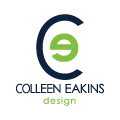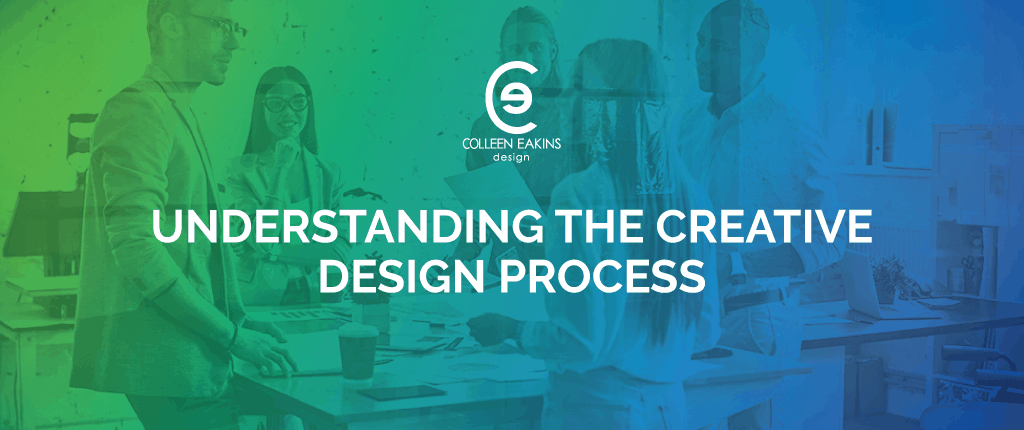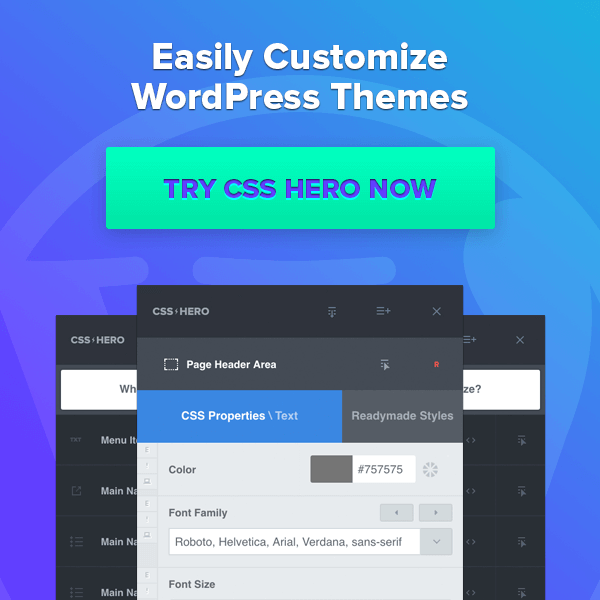Understanding the Creative Design Process
Whether your company has made the decision to work with your internal creative department or an outside vendor, it is important to understand the creative design process for your marketing collateral needs.
We have some helpful tips on the general creative process to help you navigate the production stages.
Design Process – Do you need it?
Yes! This systematic process minimizes the chances for errors, allowing your company to receive the best quality product and service possible. Ideally, this would have been spoken about in the discovery stage of determining who to work with and agreed upon during contract negotiations – if working with an outside partner.
Step 1 – Creative Brief
This involves a well-developed strategy that outlines the ins and outs of the project on a holistic level. Ultimately, becoming the blueprint for the project and includes clear explanations of strategy, goals, and needed design elements. Including inspiration and sample pieces will be helpful for the creative team to comprehensively understand the intended creative direction of the project.
Step 2 – Creative Research & Concepts
The project has been kicked off and the creative team has received clarification on any outstanding questions needed to begin. From the initial reference pieces supplied and the kick-off meeting notes, the lead designer will begin research and brainstorming ideas on concepts best suited towards the strategy of the project.
Once a direction has been determined, the designer will prepare a presentation deck of initial creative concepts, which adhere to your companies’ brand guidelines that will be shared with the internal partner or client. The presentation deck will include: color palette for entire piece, chosen font, theme, and designed creative sample. Pending the piece that is being designed, it may just be a logo or a cover and inside spread of a brochure. Minimum of 2 options should be presented (may differ depending upon contract agreement). The designer will also include a brief explanation of the concept and how it relates back to the initial strategy.
What also could be included are estimates from additional resources that may be needed to complete the project at hand – such as: illustrators or animators.
Step 3 – Concept Review & Feedback Rounds
After being presented the initial concepts, you will be allowed a pre-determined amount of time by the agreed upon timeline at the kick-off, to review concept options and route internally for additional feedback. Usually about three rounds of revisions (including final round) will be included to solidify the main direction of the piece and prepare to flush out in entirety.
Step 4 – Production & Feedback Rounds
Now that the overall direction of the piece has been determined – it is time to create the rest of the piece in that same theme. Usually, for the first round the lead designer will create the full piece to ensure that that the desired direction and look are to the creative team’s and client’s standards. When smaller revisions are needed, a production designer will help support the lead designer to efficiently finalize the files of the project.
Once submitted for review, the amount of revision rounds will be determined by the type of project and agreed upon amount before kicking-off. The average number is two revisions rounds with a final proof submitted for client approval. However, there are times when there is a large project that the revision rounds will be three, then a final proof submitted for approval.
Three days is the average number that each party is given to review and submit feedback or review and edit design with keeping in mind several projects are on the creative team’s plate and enough time allotted will ensure a high quality piece. With design files, there are many components that are attached to an InDesign or Photoshop file. Chosen fonts, images, website links, etc. need to be correctly linked to the production file in order to maintain a high resolution product. Each time the file is opened, the correct links need to be re-connected to the file or quality is lost. Also, pending customizations of illustrations, colors, etc., need time allowed to ensure proper placement in the high quality design.
Step 5 – Finalizing Artwork & File Submission
Once the design elements have been given final approval, the production designer will double-check all links connected to the file and prepare for submission.
If being submitted to a printer, the production designer will ensure that the die-line (template of the piece) is correct and confirm if any bleeds (extension of graphics off the page) are needed. They will also ensure that the proper colors (CMYK or PMS) are used for the type of printing (offset or digital).
Digital design will still need files to be prepped to needed sizes and ensured they are in RGB colors. This will maximize pixels and clarity when viewing on a computer screen.
Step 6 – Design Proofs
Once the printer has reviewed the files and ensured the necessary elements are correct, they will submit to the project owners a printed proof that will need approval that states the colors are correct.
If there is any variable data being utilized, a test HTML will be provided for a digital piece that shows all elements are shown correctly and any needed hyperlinks are connected to the right destination. When there is variable copy within a printed piece, the project owners will be submitted a ‘live proof’ that will show all art aspects and variable copy – such as: name, address, constituent ID, giving history, affinity, etc.
Step 7 – Completed Product
Upon approval of the design proof, HTML, and/or live proofs, the printer will begin printing the piece or the developer will make the design element live.
If this is a digital marketing piece, the project owner will receive a confirmed live link of a webpage or an email seed – an email sent to a designated internal list to track delivery and visible appearance.
Printed marketing piece, the project owner will receive blank printed samples from the printer, along with a mail seed – a completed printed piece sent to a designated internal list to track delivery and visible appearance.
At Colleen Eakins Design, we guarantee a successful outcome for all of our clients by following a systematic design process. Contact us for a free consultation to see how we can help design your marketing needs.






